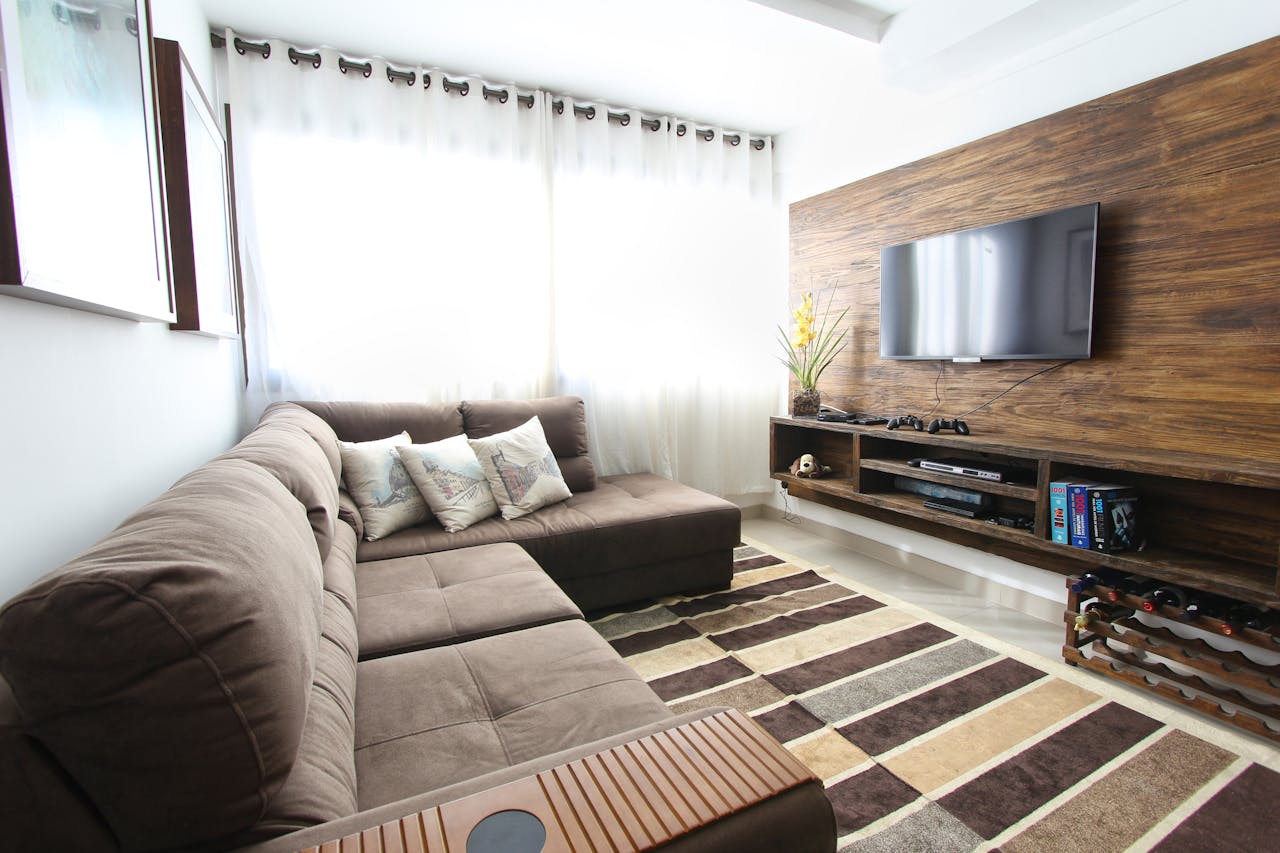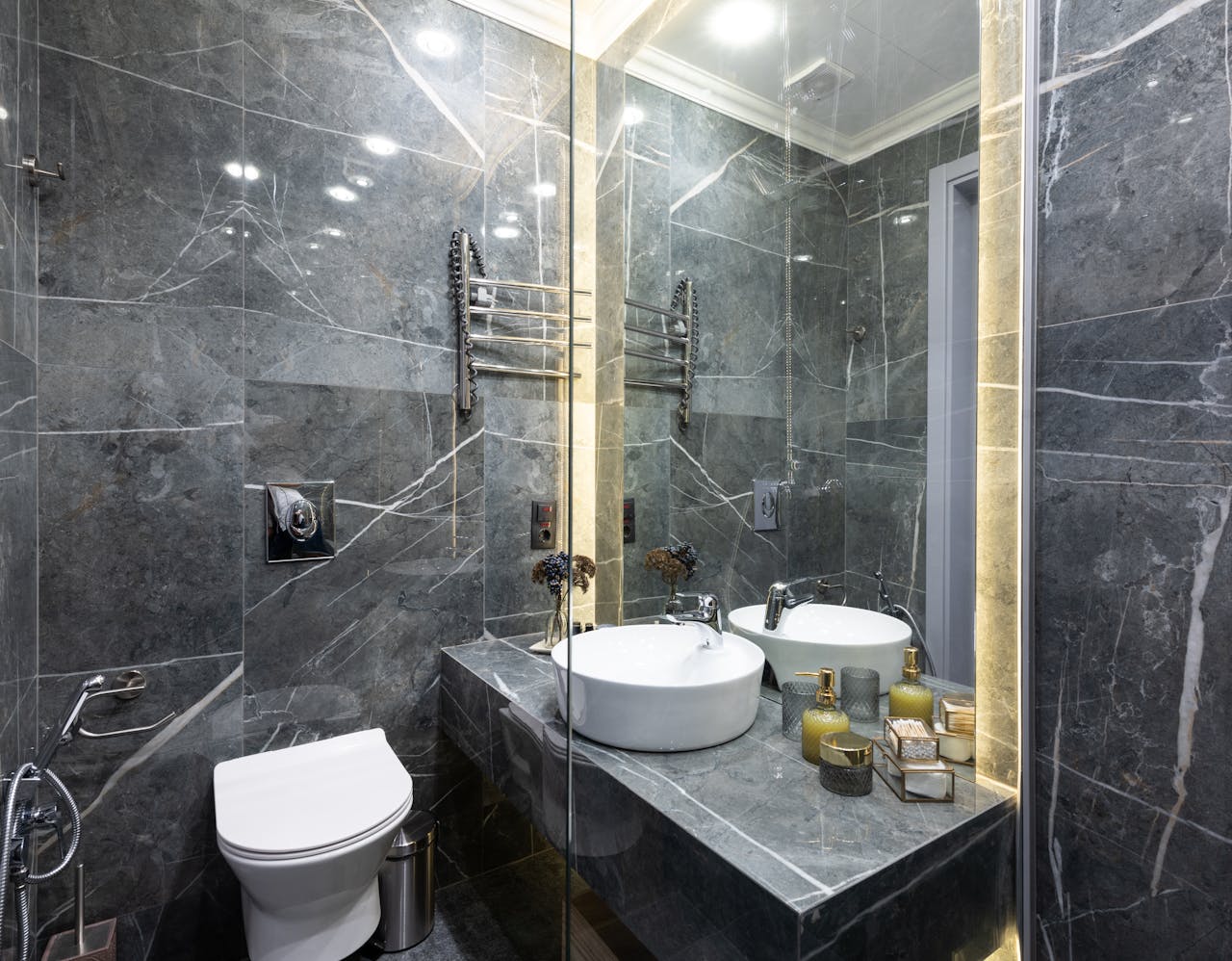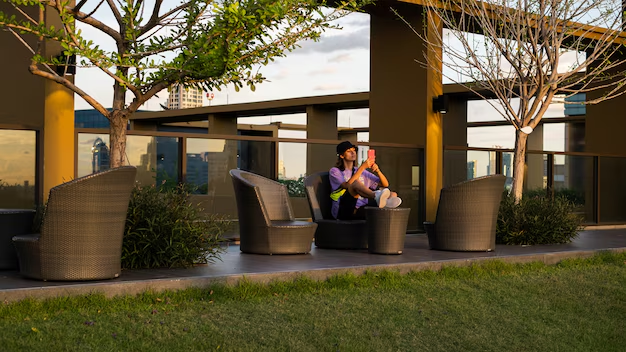Nowhere is this transformation more evident than in our outdoor spaces. What was once a simple patio or patch of lawn is becoming something much more intentional: a nature-infused sanctuary designed to soothe, center, and restore.
In 2025, the conversation around wellness is shifting. It’s not just about morning routines or green smoothies—it’s about the spaces we inhabit and how they shape our inner lives. Lifeline- homestyle
Outdoor sanctuaries are emerging as a compelling trend, offering a beautiful intersection of design, nature, and mindfulness.
Why Outdoor Wellness Spaces Matter
The rising popularity of outdoor wellness spaces is grounded in a deeper cultural shift. After years of remote work, screen time, and digital overload, people are seeking real-world refuge. Nature offers that reprieve. Studies have shown that spending time outdoors can lower cortisol levels, reduce anxiety, and improve mood. Even just viewing greenery has been associated with psychological benefits.
Designing a space that intentionally cultivates these benefits is a natural extension of wellness-focused living. The goal isn’t just to create something beautiful—it’s to build a place where peace, balance, and restoration come easily.
From Backyard to Retreat: How Outdoor Sanctuaries Are Evolving
Modern outdoor sanctuaries go beyond grilling stations and lounge chairs. They are designed with purpose and flow, each element contributing to an atmosphere of calm. We’re seeing trends like:
Meditation & Yoga Decks
Flat wooden platforms surrounded by greenery are becoming backyard staples, serving as serene settings for yoga, meditation, or morning journaling. Elevated slightly above ground and tucked into a quiet corner, these decks offer privacy while maintaining a strong connection to the earth.
Some are integrated with sound systems for calming music or guided meditations. Others are purely analog—just a mat, the breeze, and the rustle of leaves.
Backyard Spa Space
The luxury of wellness retreats is now being brought home. Cold plunge tubs, infrared saunas, and outdoor showers are increasingly common in wellness-focused backyards. These features promote circulation, detoxification, and stress relief—and they elevate the everyday into something ritualistic.
A simple wooden sauna nestled among trees or a minimalist Japanese-style soaking tub creates a space where the line between indoors and outdoors gracefully disappears.
Herbal and Therapeutic Gardens
For many, connection to nature begins with the garden. Raised beds filled with calming herbs like lavender, chamomile, sage, and lemon balm double as both sensory and medicinal features. These plants don’t just smell amazing—they support sleep, digestion, and relaxation.
Vertical garden walls, trellised vines, and edible landscaping add layers of life and function. Many homeowners are now integrating elements like barefoot paths made from natural stone or moss, encouraging grounding and barefoot walking for added wellness benefits.
How to Create Seasonless Sanctuaries?
Outdoor spaces no longer need to hibernate during colder months. By layering comfort and functionality, your sanctuary can thrive year-round.
Start with shelter—pergolas, awnings, and outdoor curtains offer protection from sun, rain, and wind. Add warmth with fire pits, patio heaters, or even cozy outdoor blankets. Use weather-resistant textiles like wool-blend throws and cushioned seating to invite lingering.
Material choices also play a key role in all-season comfort. Many designers recommend the use of outdoor travertine tiles for patios, pool decks, and garden paths. Their natural texture provides grip when wet, they stay cool underfoot during summer, and their timeless aesthetic blends seamlessly into biophilic design schemes.
Smart lighting is key: soft lanterns in summer, warm-toned LEDs in winter. Modular furniture helps adapt to shifting needs, and seasonal touches—like candles in fall or fresh herbs in spring—keep the space feeling alive.
With intention, your outdoor retreat can become a four-season haven of calm and connection.
The Power of Sensory Design Outdoors
One of the most powerful aspects of an outdoor sanctuary is its ability to engage the senses. These environments are designed not just to be seen, but to be felt, heard, and inhaled.
Sound: From soft water features to rustling bamboo and curated wind chimes, soundscapes help soothe the nervous system. The gentle trickle of water can drown out city noise and create a meditative rhythm.
Touch: Tactile materials like smooth stone, warm wood, and linen or cotton textiles create a comforting contrast to synthetic, indoor surfaces.
Scent: Aromatherapy plays a growing role in outdoor spaces. In addition to fragrant plants, some sanctuaries include incense, palo santo, or essential oil diffusers that evoke a spa-like feeling.
Lighting is also key. Solar-powered lanterns, dimmable LEDs, and string lights woven through pergolas all contribute to ambiance. The goal is to soften the space and signal a transition into slower, more mindful living—especially at dusk.
Sustainability as a Design Philosophy
No wellness space is complete without a nod to sustainability. In outdoor design, this often means choosing materials and plants that are both beautiful and responsible. Reclaimed wood, recycled stone, and low-impact construction practices help reduce the ecological footprint.
Eco-conscious plant selection is just as important. Native and drought-resistant plants thrive with less water and care, supporting local ecosystems while minimizing maintenance. Drip irrigation systems, compost bins, and rainwater catchment systems are practical ways to align with a greener lifestyle.
Furniture choices are shifting, too. Expect to see more FSC-certified woods, durable natural fibers, and eco-friendly outdoor fabrics that are weather-resistant without relying on harmful synthetics.
The Mental Shift Toward Sanctuary Living
At the heart of this movement is a mindset shift. People are moving away from purely functional outdoor spaces and embracing a more holistic, experience-based approach. These sanctuaries aren’t about perfection—they’re about presence. They’re about carving out space to breathe, reflect, and reconnect with ourselves and the world around us.
In a time when overstimulation is constant, a sanctuary offers simplicity. When newsfeeds are endless, nature gives us stillness. And when productivity is prized, a quiet moment in a hammock reminds us to simply be.
Final Thoughts
The outdoor sanctuary trend is not just another design fad—it’s a reflection of our evolving values. It signals a desire for more meaning in our spaces, more mindfulness in our routines, and more harmony with the world outside our walls. Whether you have a sprawling yard or a compact balcony, creating a nature-infused wellness space is less about scale and more about intention.
As we continue to reshape how we live, these sanctuaries stand as a quiet invitation: to slow down, step outside, and come home to ourselves.



